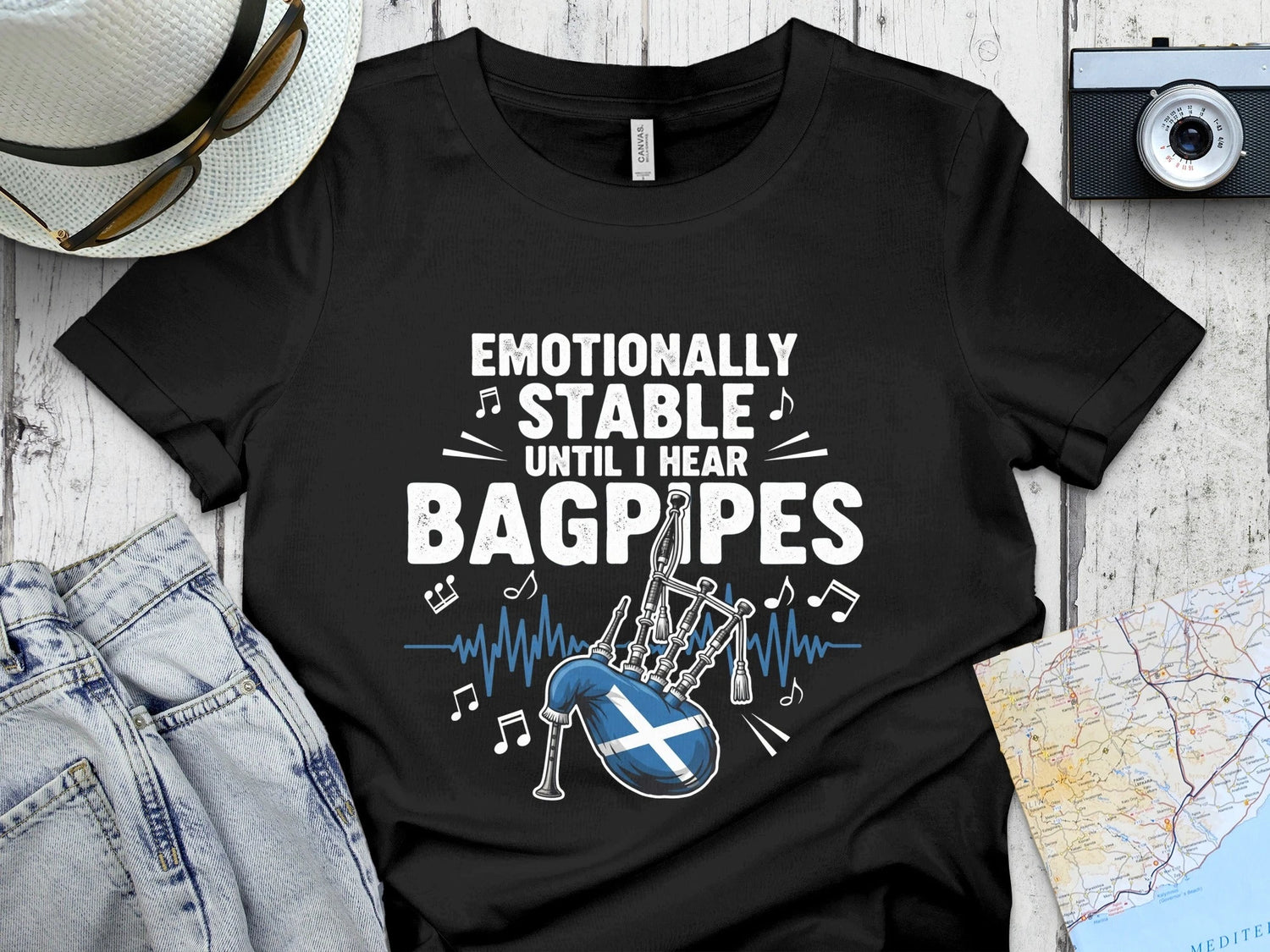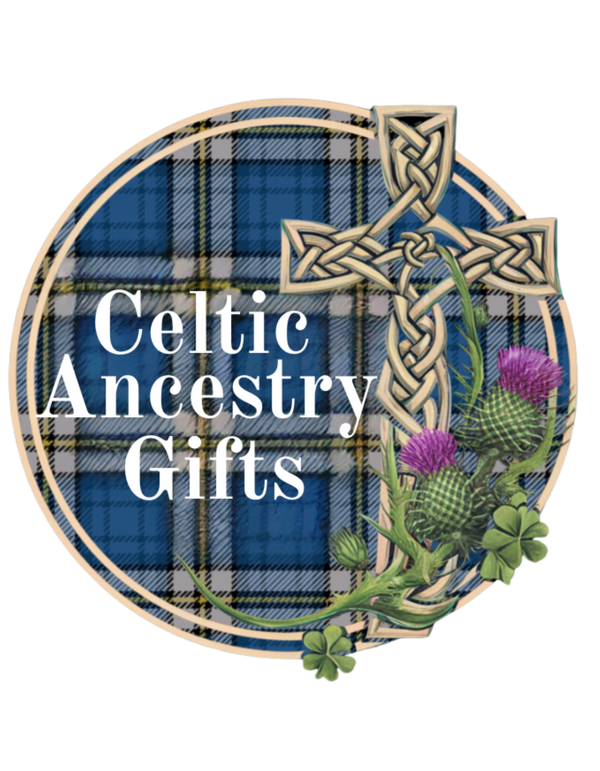
Cadogan — The Name of Battle and Honour in Ireland
Share
1️⃣ Introduction
Among the noble and poetic surnames that echo across Celtic lands, Cadogan holds a special weight — a name born from the fire of battle and the gleam of honour. It speaks of Welsh princes and Irish settlers, of noble lines and ordinary people who carried a proud name across frontiers and generations.
To bear the name Cadogan is to inherit both strength and story: a name meaning “battle-glory,” yet softened by centuries of Irish belonging. It bridges Welsh valor and Irish heart, a blend of courage and heritage that continues to shine in the families who carry it today.
2️⃣ History & Origins
Welsh Roots — The Name of “Battle and Glory”
The surname Cadogan originates from the old Welsh personal name Cadwgan, derived from cad meaning “battle” and gwogawn meaning “glory” or “honour.” It was a name of warriors and noblemen in the early medieval period — a badge of distinction among those who defended their clans and kingdoms.
As Welsh evolved and English influence grew after the Norman Conquest, Cadwgan gradually transformed into Cadogan, a spelling that reflected English phonetics while keeping its original spirit.
Arrival and Adaptation in Ireland
The Cadogan name came to Ireland through Anglo-Norman and Welsh settlers, particularly those who crossed the Irish Sea during the Norman expansions of the 12th and 13th centuries. Some Cadogan families established themselves in Leinster and Munster, integrating into the Irish landscape over the following centuries.
In Gaelic Ireland, the name was also adopted as an anglicized form of Ó Ceadagáin, meaning “descendant of Ceadagán.” This Gaelic version shows how the sound of “Cadogan” naturally fitted Irish linguistic patterns, allowing the name to flourish in both traditions — Welsh and Irish alike.
By the seventeenth century, the name was recorded in parts of County Meath and County Limerick, where members of the Cadogan family held land and civic office. One notable figure, Henry Cadogan, served as High Sheriff of Meath in the 1600s, marking the family’s influence within Ireland’s social and political life. His son, William Cadogan, later became the 1st Earl Cadogan — born in Ireland, yet serving across Britain and Europe, embodying the dual identity of the name itself.
3️⃣ Spelling Variations & Related Names
Like many old surnames, Cadogan has appeared in various spellings through the centuries, shaped by language and local record-keeping. Variants include:
-
Cadogan
-
Cadagan
-
Cadigan
-
Caddogan
-
Caddigan
-
Cadwgan
-
Ó Ceadagáin (Gaelic form)
In some parish records, the name was simplified or altered to fit Irish spelling traditions. In Munster, for instance, Cadigan sometimes appears interchangeably with Cadogan, while in Gaelic-speaking regions, Ó Ceadagáin was recorded in Irish-language baptismal registers.
Because of these fluid spellings, genealogists researching the Cadogan name often explore both Cadogan and Cadigan branches, especially in southern Ireland.
4️⃣ Landmarks & Regions Associated with the Cadogan Name
The Cadogans of Meath and Limerick
By the early 1700s, the Cadogan family was well-established in County Meath, particularly around Liscarton. It was here that the family’s Irish branch flourished, producing notable figures such as William Cadogan, who would later rise to become a distinguished soldier and the 1st Earl Cadogan.
The family also held lands in County Limerick, where their name became woven into the tapestry of local gentry and civic records. These areas represent the Irish heartlands of the Cadogan name — fertile soil where a Welsh root found a lasting home.
Cadogan in Wales
In its original homeland of Wales, the name Cadogan has royal associations. It descends from Cadwgan ap Elystan, a Welsh prince whose lineage can be traced to the early medieval kingdoms. Even as families migrated or intermarried, the name retained its association with leadership and nobility.
Cadogan in Irish Records
In Irish census and parish data from the early 20th century, the surname Cadogan appears most frequently in Leinster and Munster, particularly in Cork, Meath, and Limerick. Although not among Ireland’s most common names, its presence is steady — a reminder of its deep historical roots and its adaptation into Irish identity.
5️⃣ Migration & Modern-Day Presence
The Irish Diaspora
Like many Irish and Anglo-Irish families, the Cadogans joined the waves of emigration that shaped the modern Irish story. During the 18th and 19th centuries, Cadogan families departed for Britain, North America, Canada, and Australia, seeking opportunity and stability.
In many cases, descendants of Irish Cadogans settled in cities like Boston, Toronto, and Sydney, blending into communities that carried both Irish and Welsh influences. In these new lands, the Cadogan name continued to stand for industriousness, education, and service — values carried from its Celtic roots.
The Cadogan Name Today
Today, the surname Cadogan remains found across Ireland, with concentrations in Cork, Limerick, and Meath, and also in Britain and Wales, its older homeland. The name appears worldwide — from London’s historic Cadogan Estates to diaspora families in America and Australia.
Though not widespread, Cadogan retains its distinctiveness, a name that signals both history and heritage. Its rarity only adds to its nobility — each bearer preserving a name that has crossed kingdoms and centuries.
6️⃣ Fun Fact
Did you know that Cadogan is one of the few surnames shared by both an Irish noble family and a British peerage title? The Earls Cadogan trace their ancestry to Ireland through William Cadogan, the soldier-statesman born in County Meath in the 1670s.
The name also carries ancient prestige from its Welsh side — descending from noble princes of Powys, whose bravery and leadership made Cadwgan a revered name in early medieval chronicles.
In both Ireland and Wales, Cadogan stands for honour, courage, and endurance — true to its meaning, “battle glory.”
💚 Search your family name in the search bar above to explore your clan gifts. We offer surname gifts on multiple products like mugs, t-shirts, blankets, ornaments, wall art, phone cases, magnets, flags, and more.

